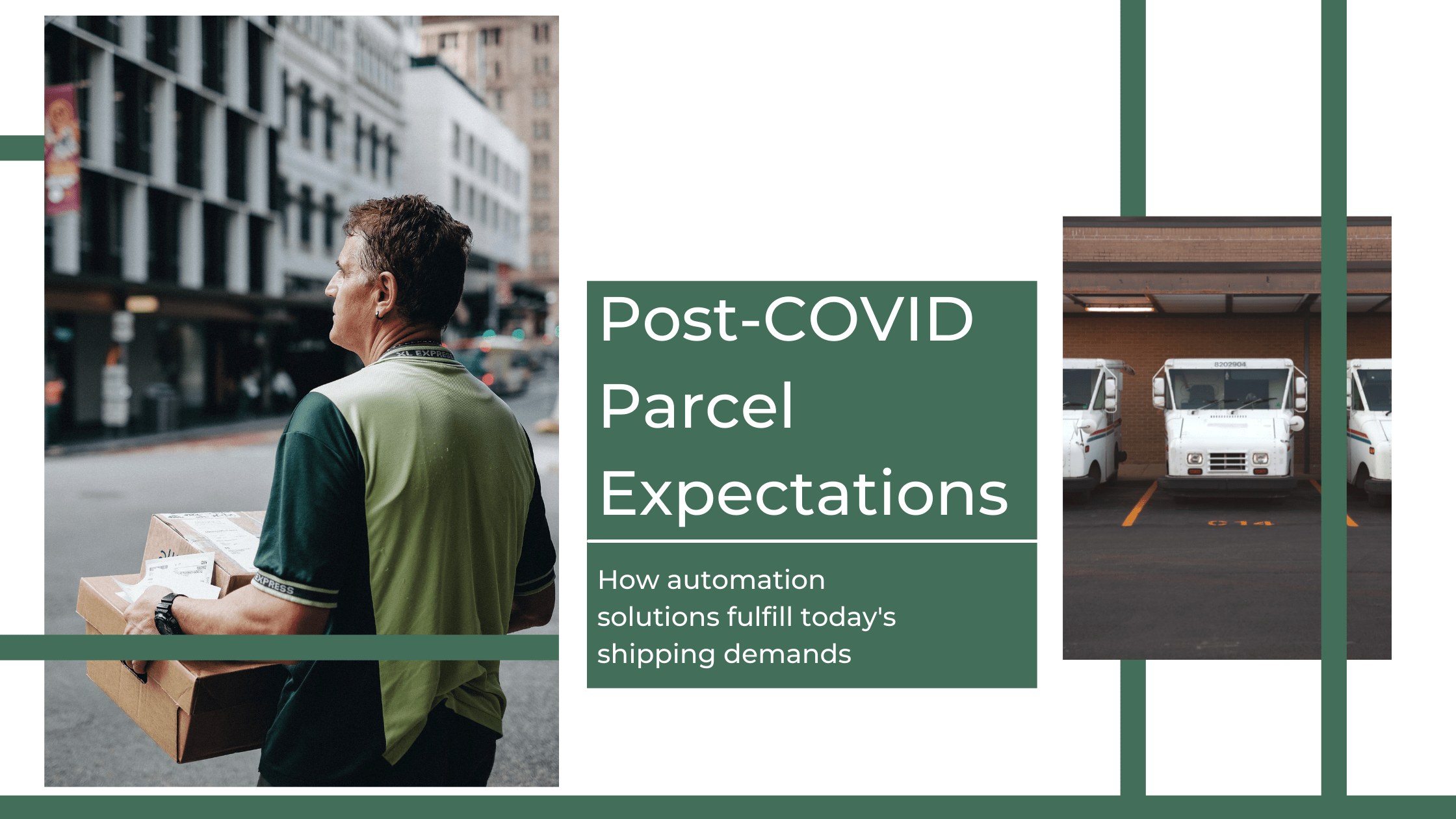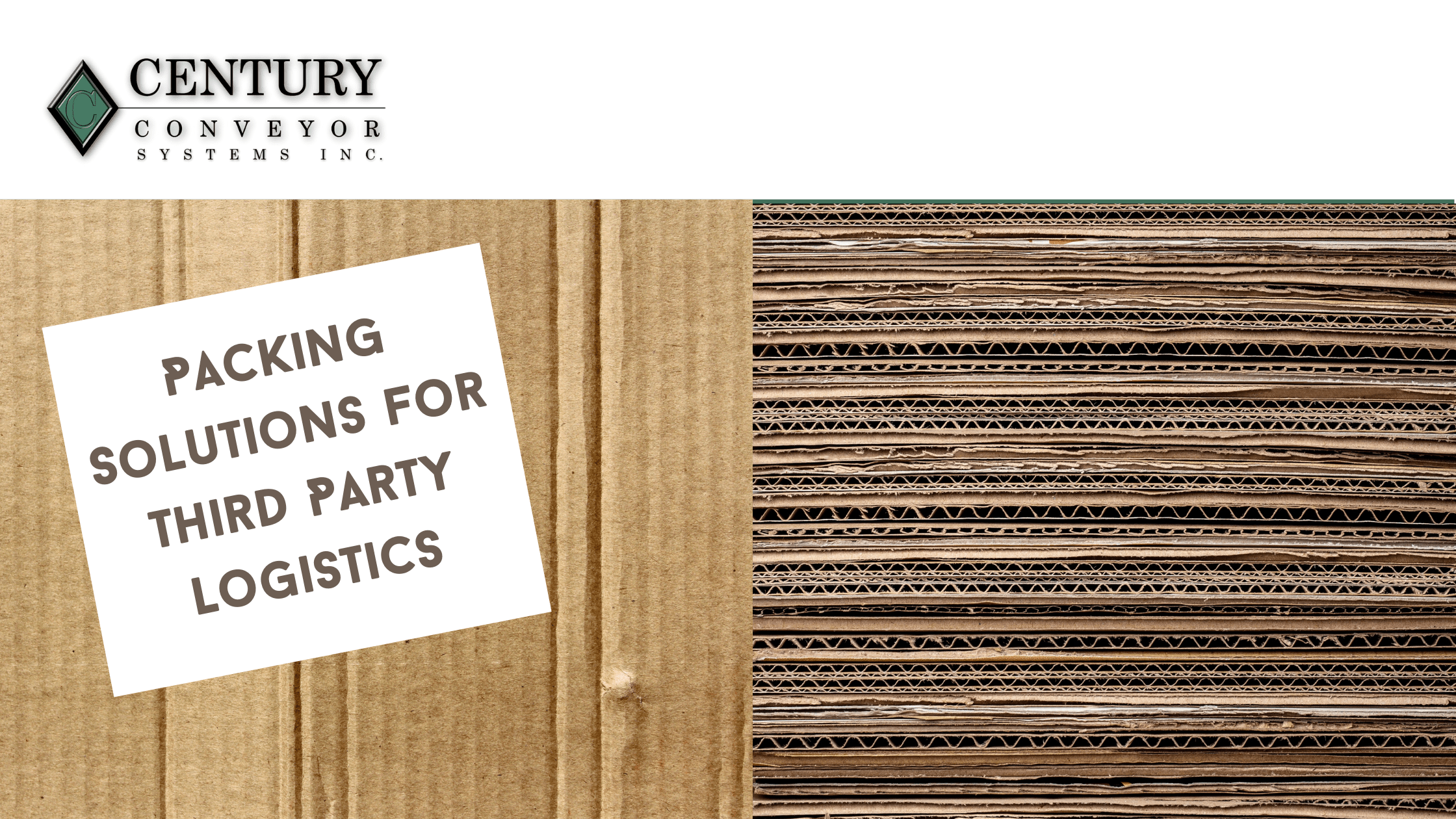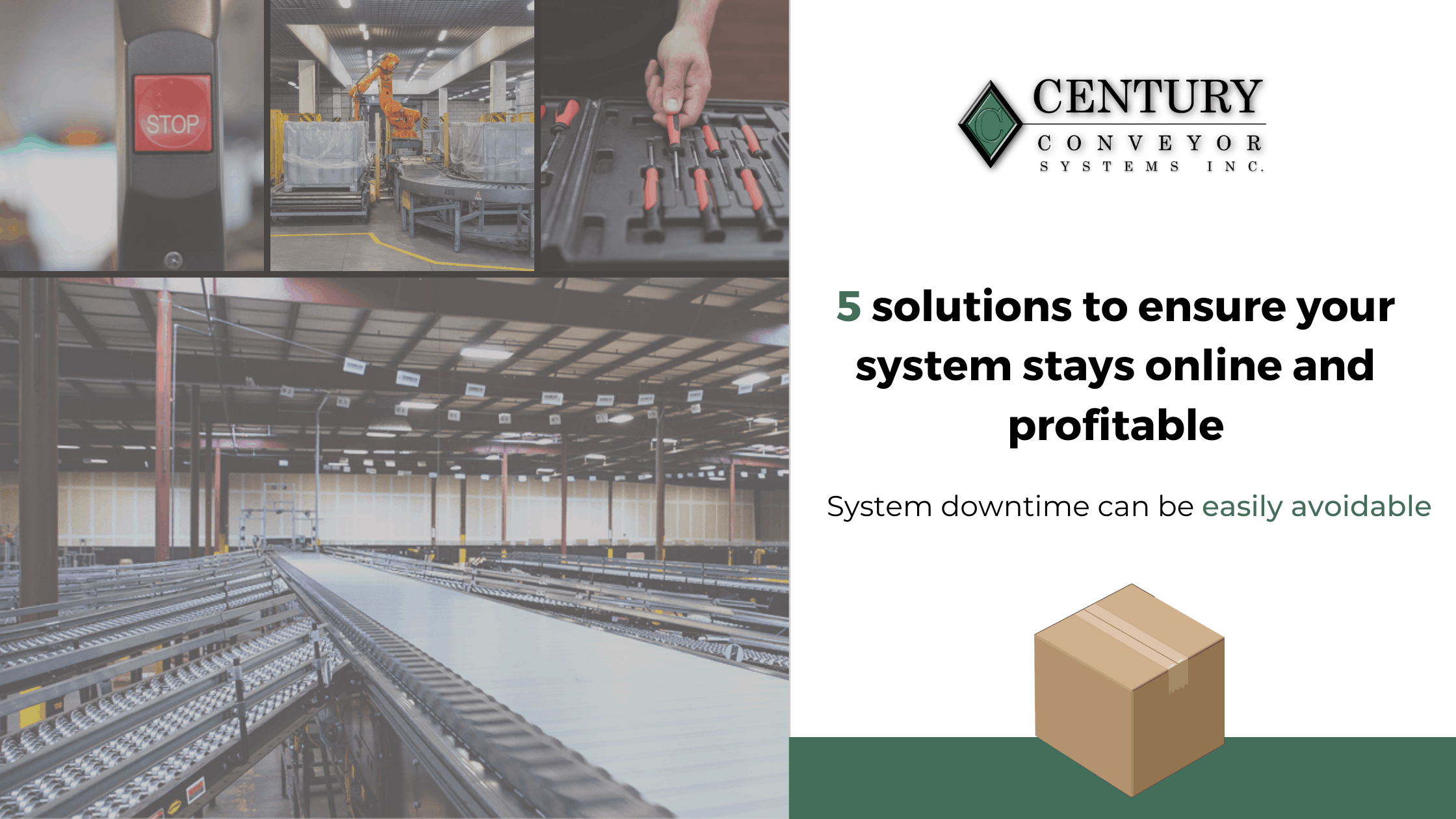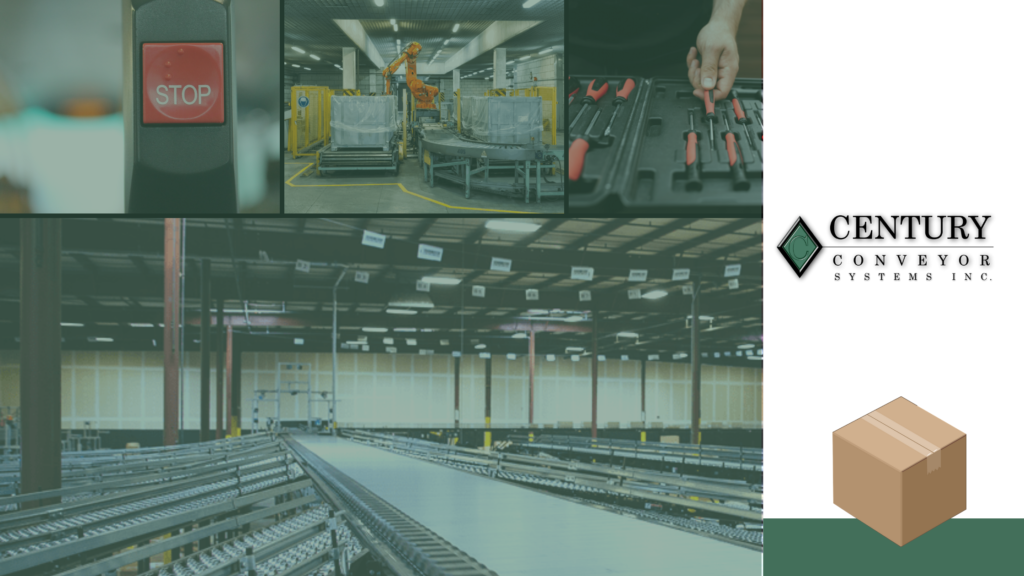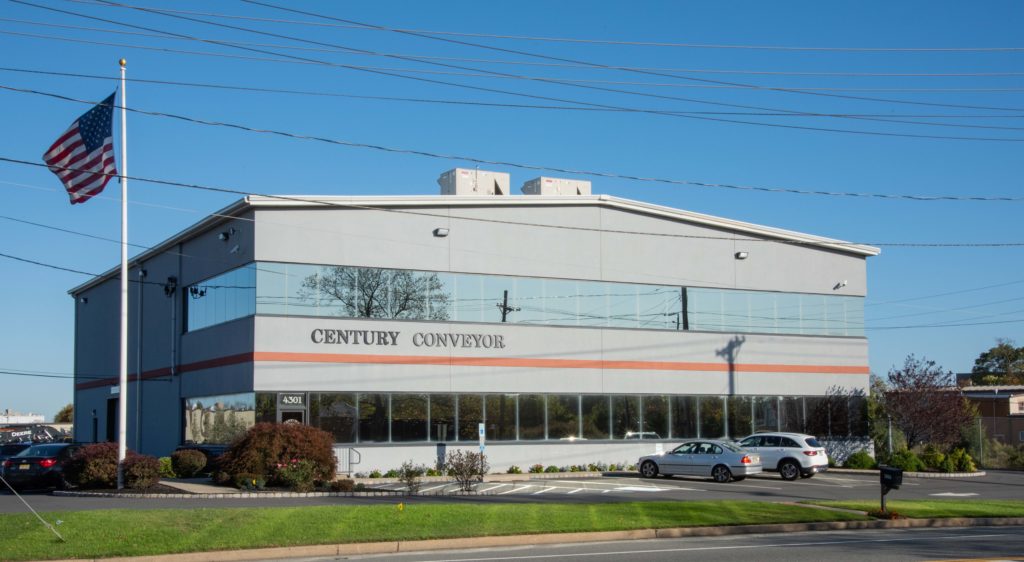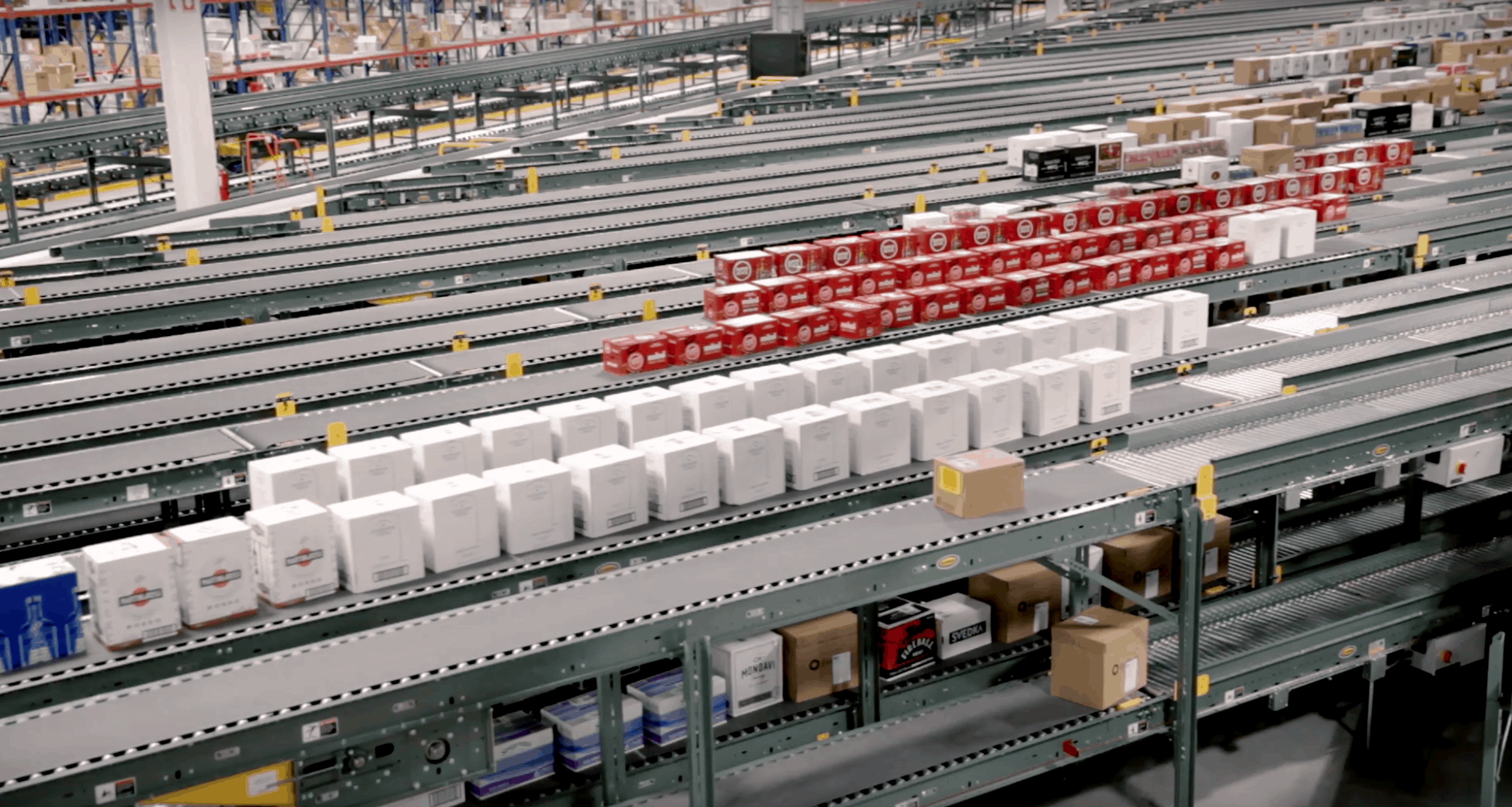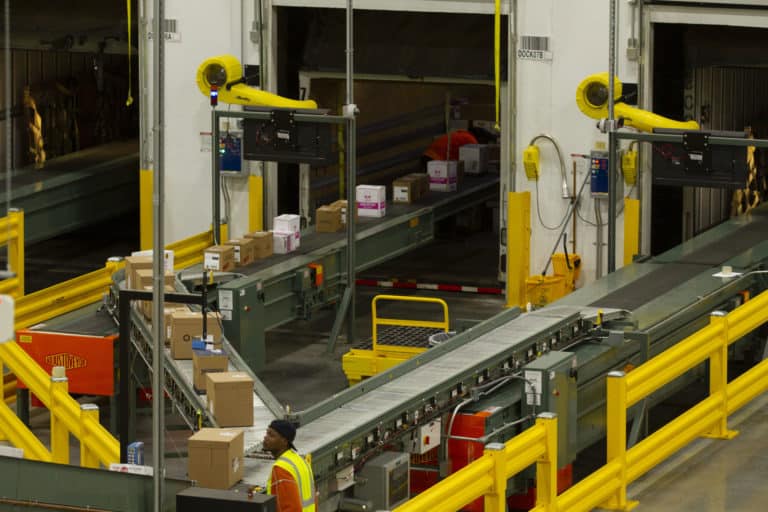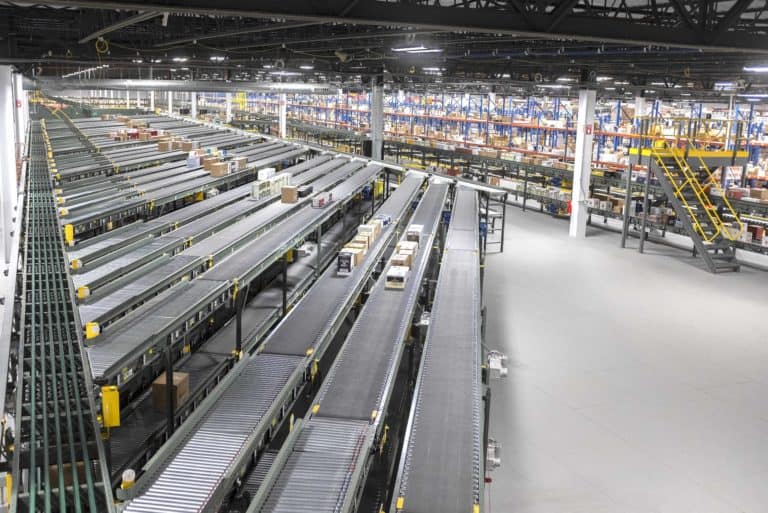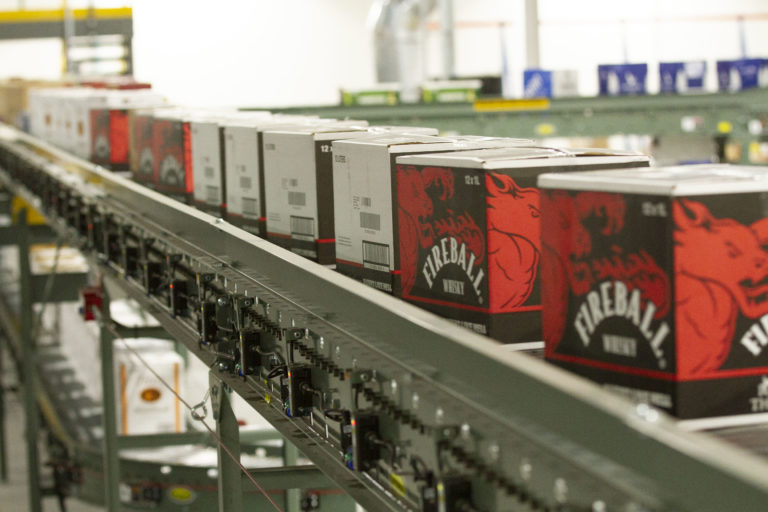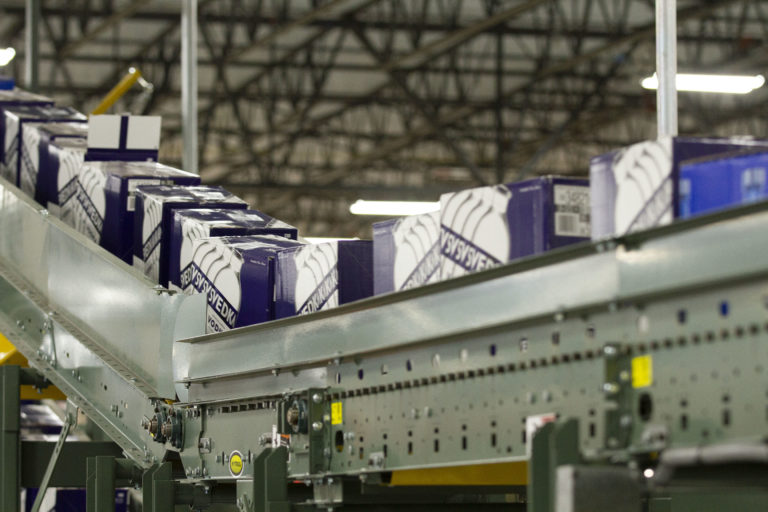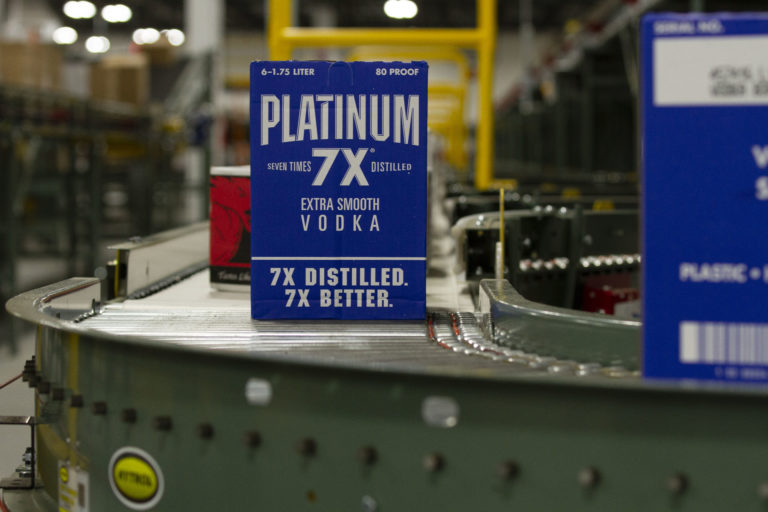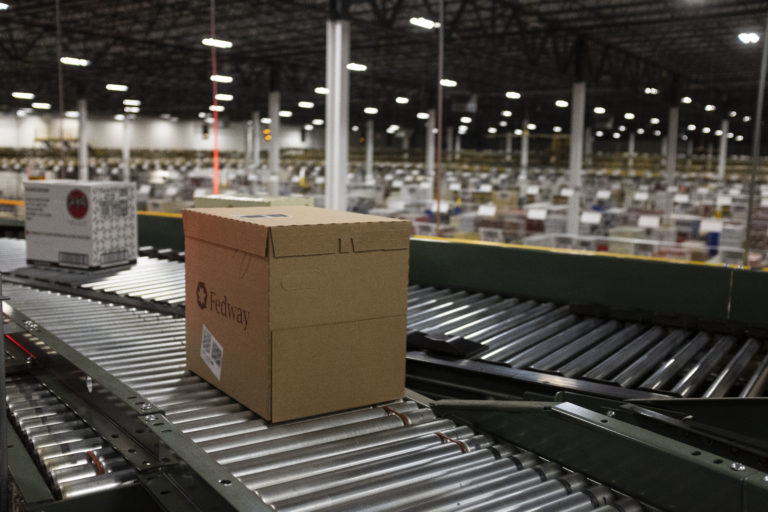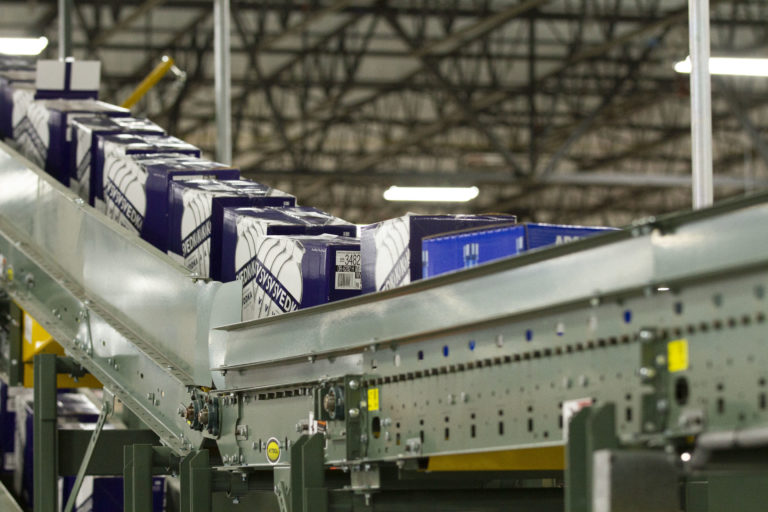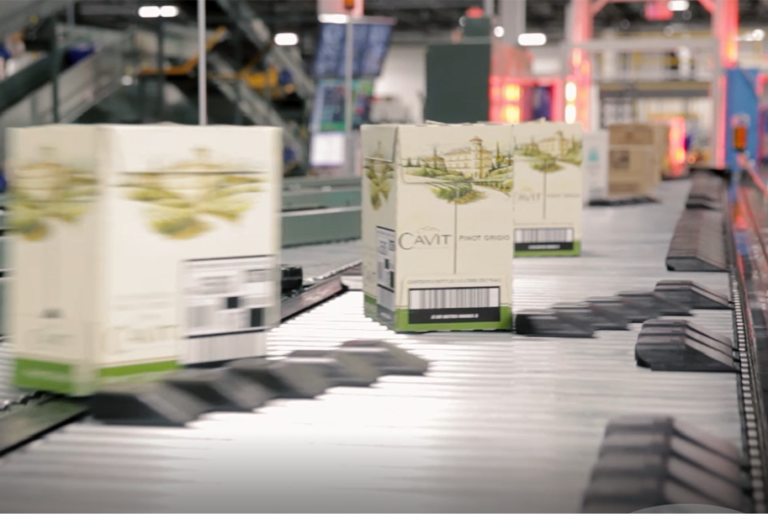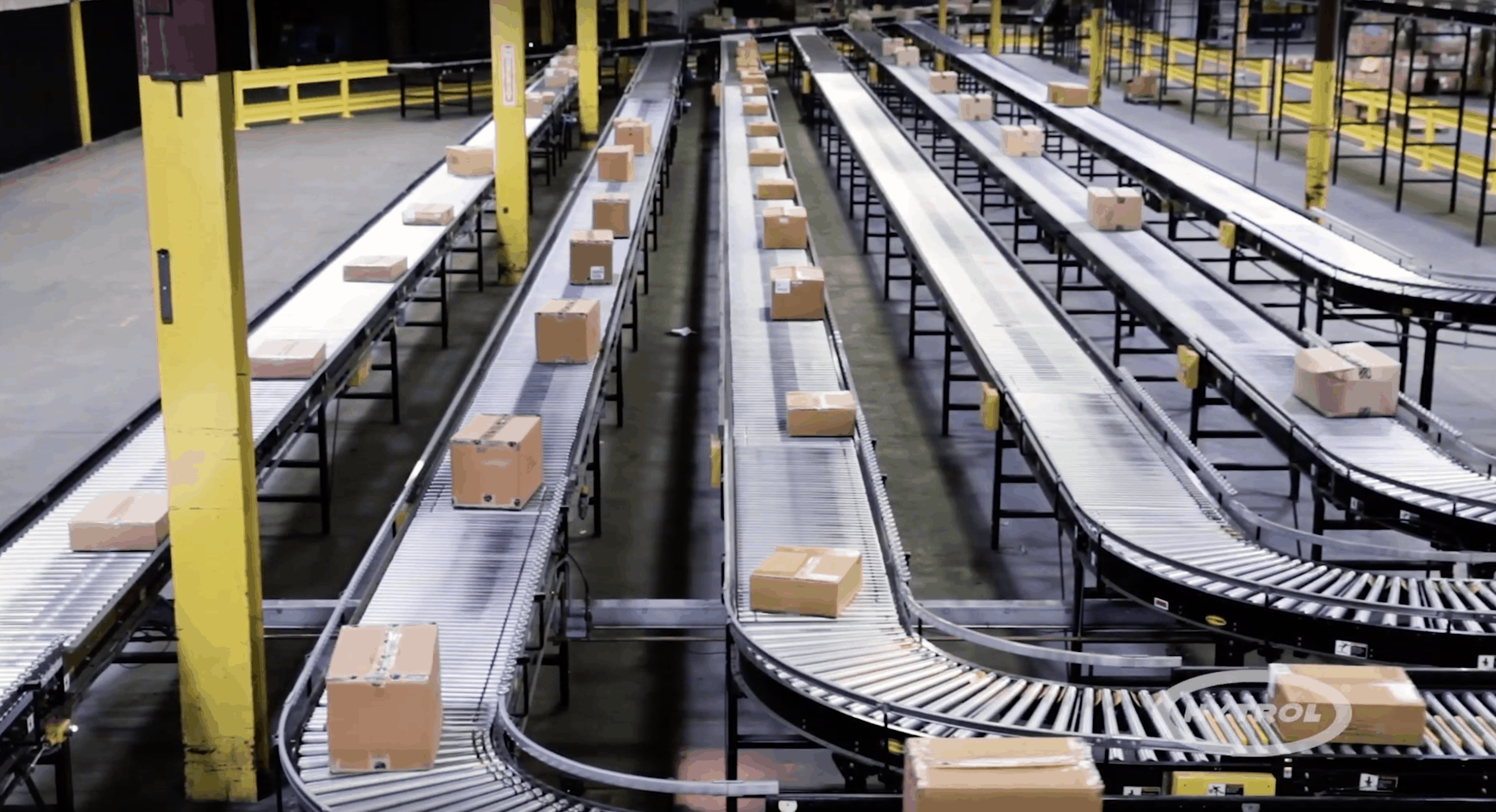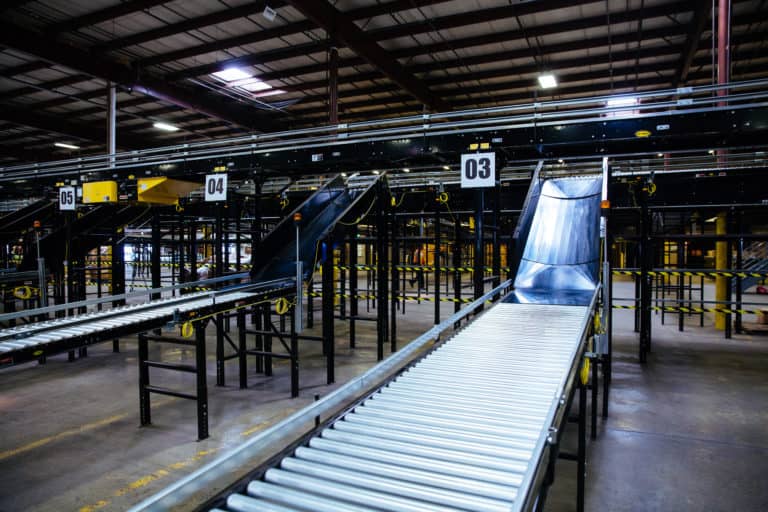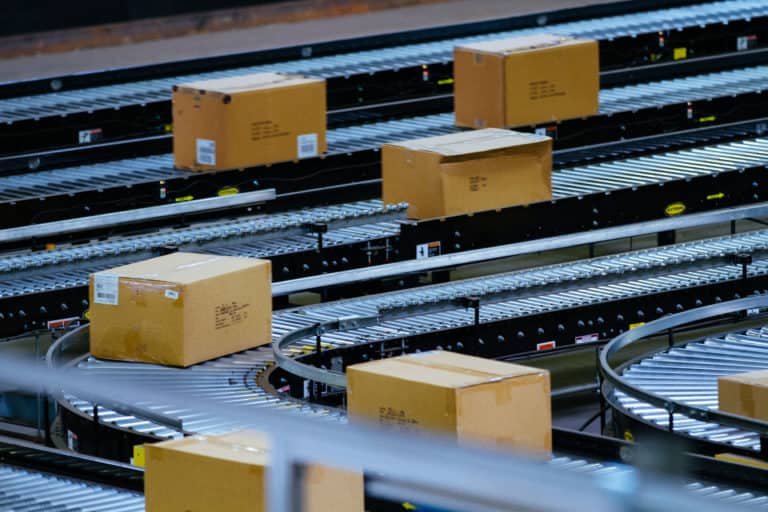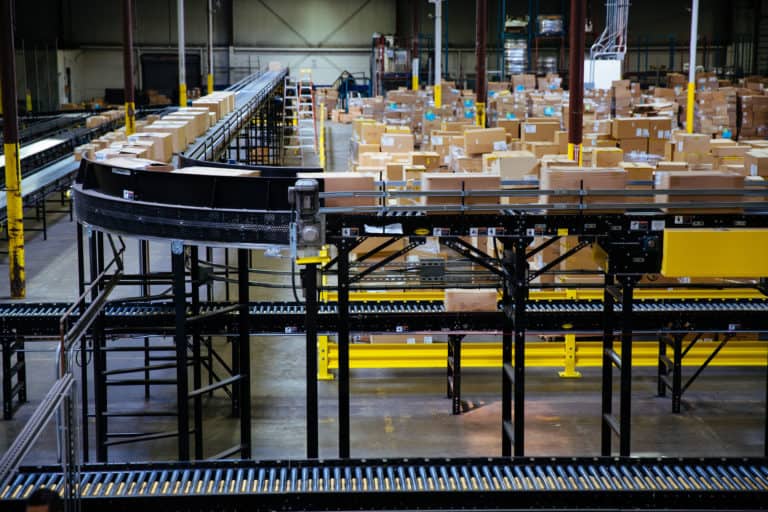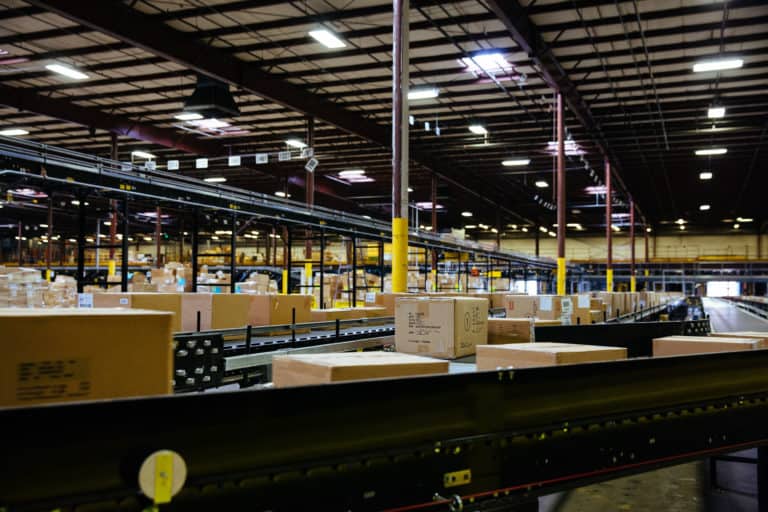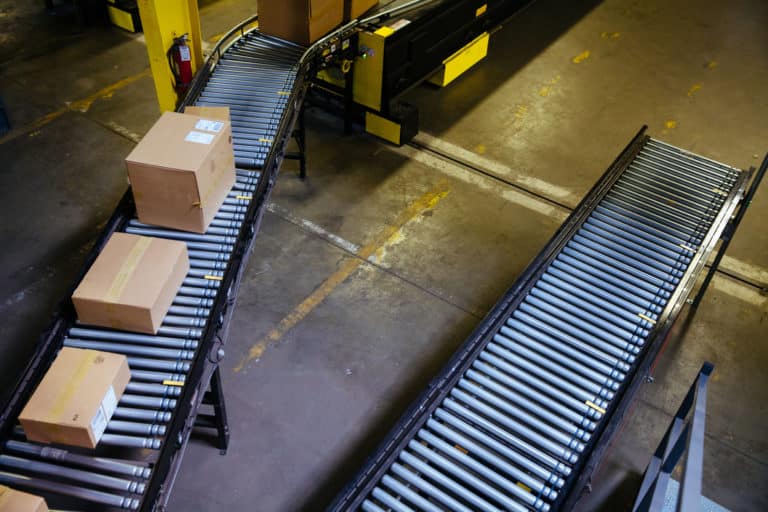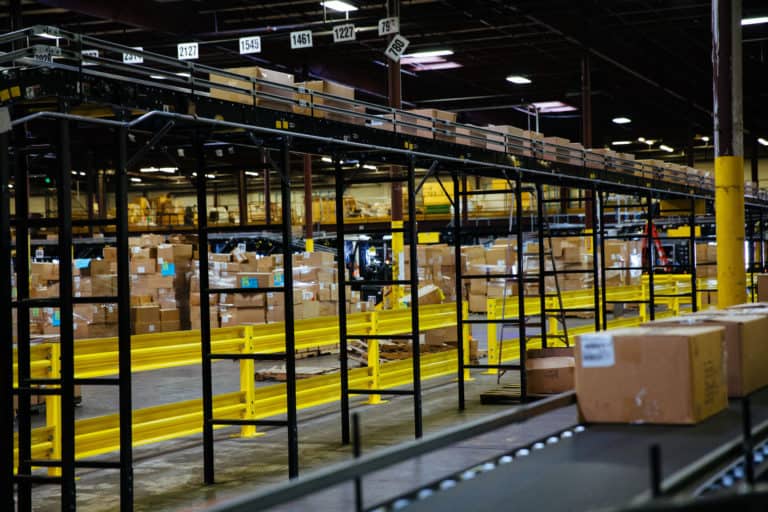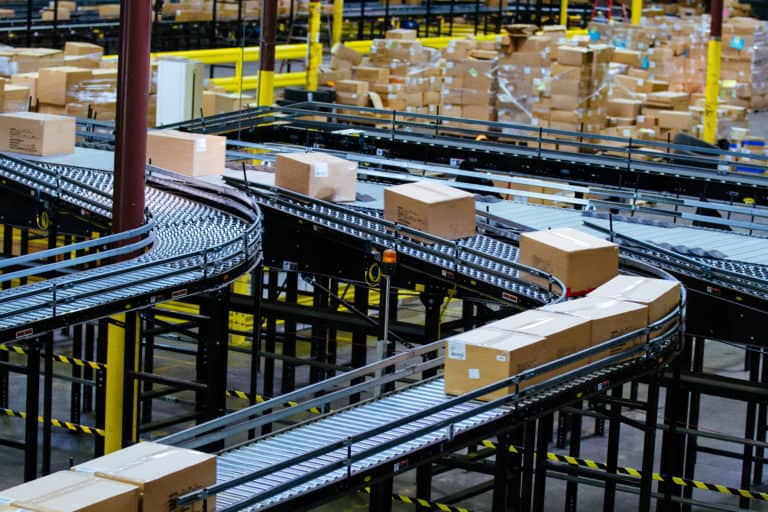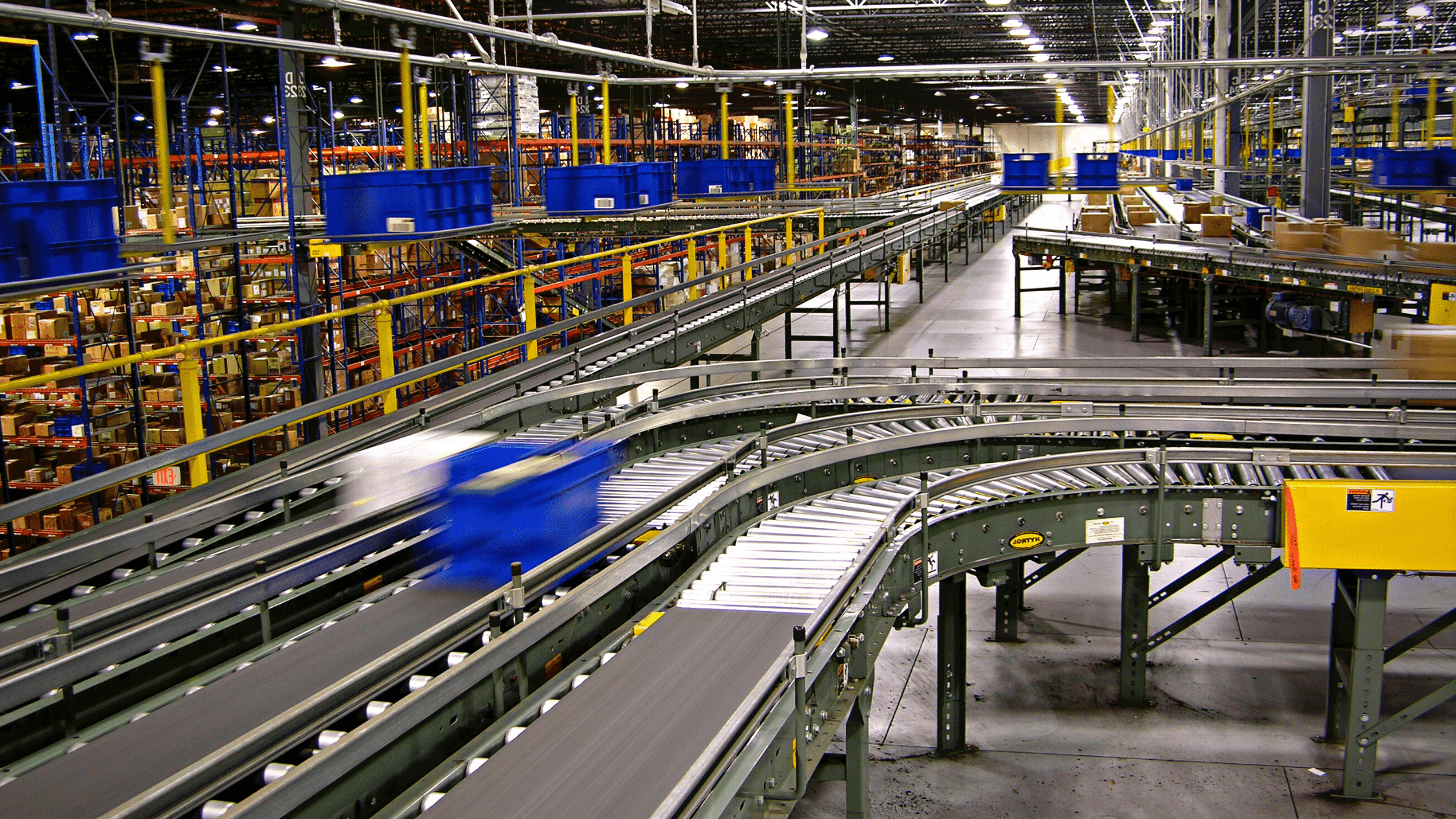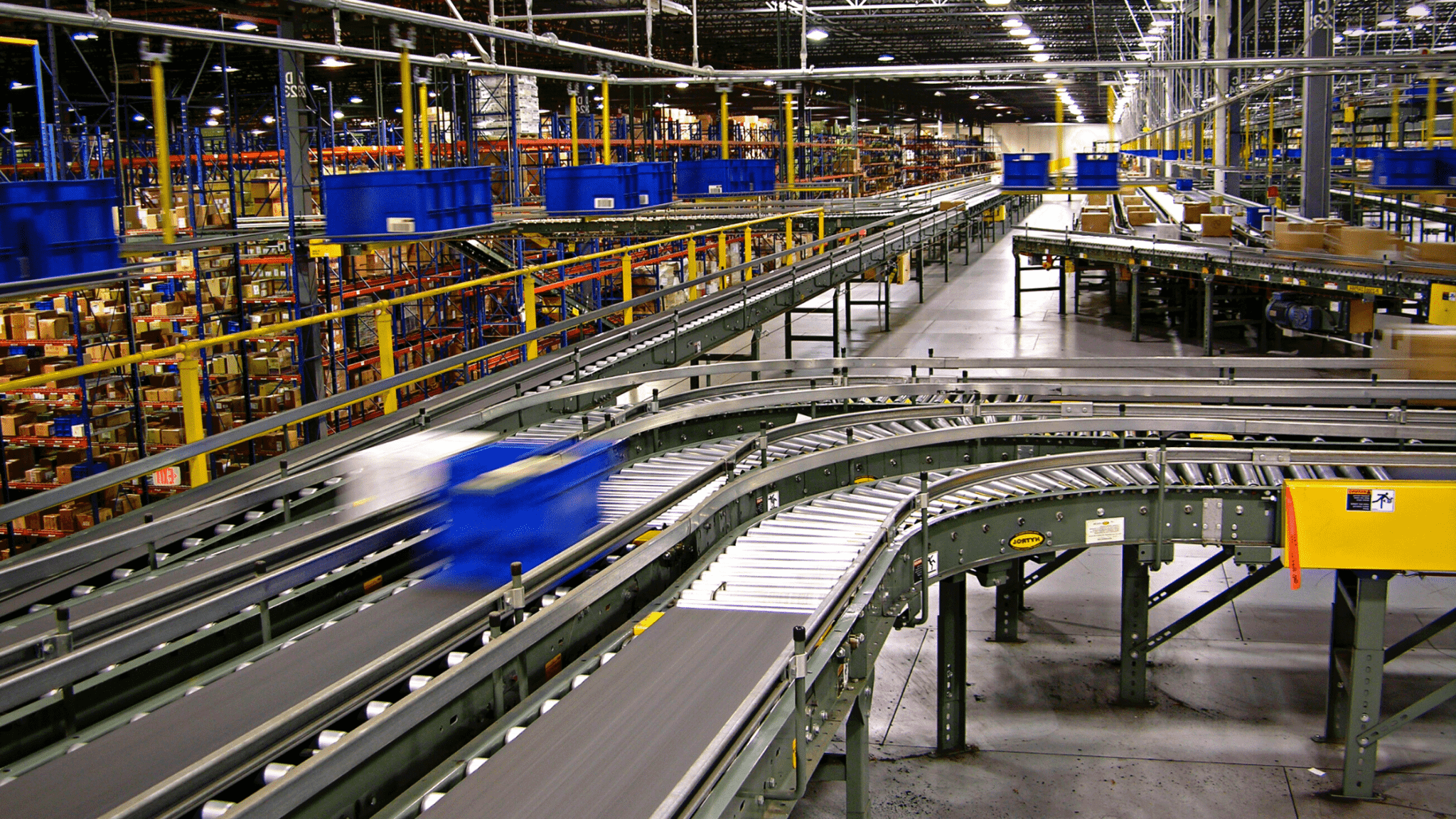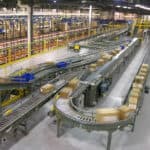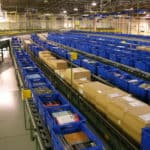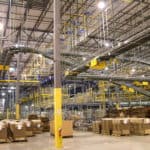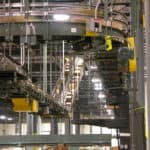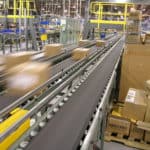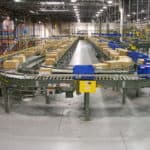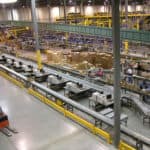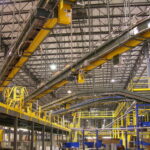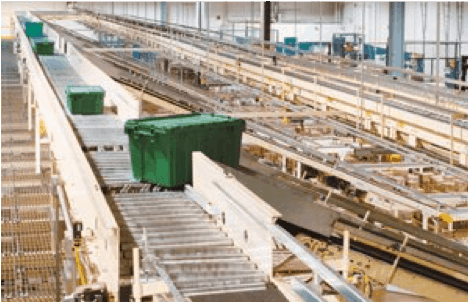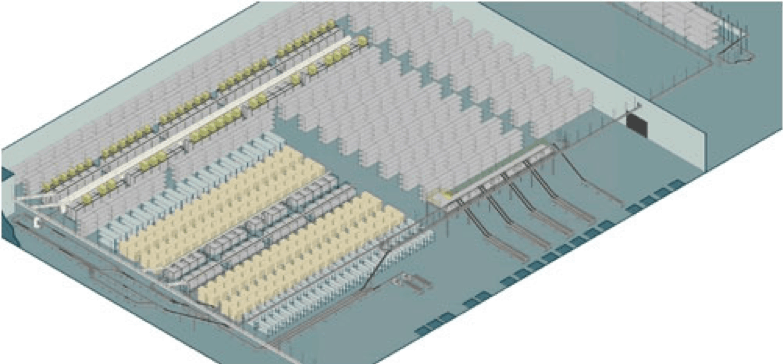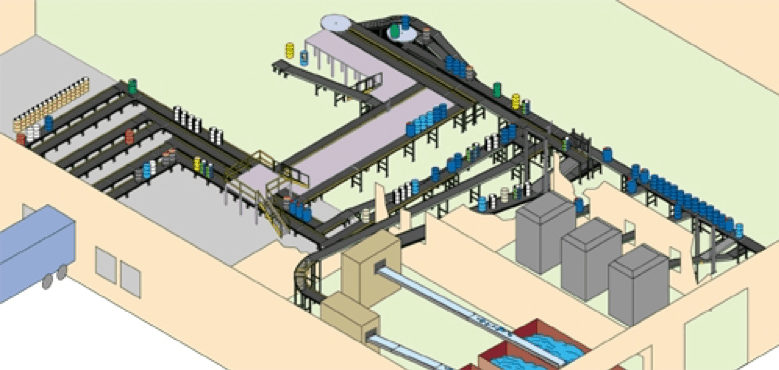How automation solutions fulfill today’s parcel shipping demands
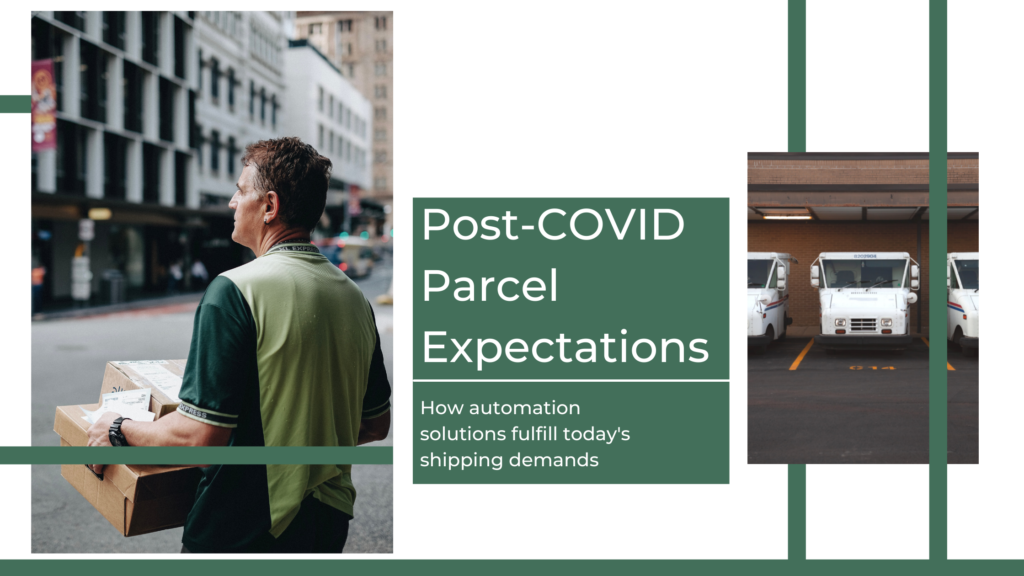
Parcel delivery expectations have increased exponentially, exacerbated by the effects on consumers of the pandemic, and the movement of large E-commerce players offering 1-day or even same-day shipping. Consumers expect quick shipping in comparison to a decade ago when a speedy delivery was a premium option.
In a recent report by McKinsey & Co., online product categories have experienced a 15% to 40% increase in user growth during 2020. That increase of users means higher expectations for faster shipping speeds, and in turn, carriers and shippers will be expected to offer and fulfill such services.
To accommodate the demand, automation has been utilized to rapidly speed up processing and sortation operations. Forgoing manual labor opens the door to quick shipment offerings, a tantalizing benefit to any prospective client. Automated solutions typically depend on the conveyor and divert systems, which need to be versatile enough to handle small parcels like letters and polybags, to larger carton packages. Belt conveyors are used, versus roller, as smaller items could get stuck in between rollers if the weight is undistributed across incorrectly. Where automation differs, is in its sortation method:
Tilt-tray
Tilt-tray sortation uses order consolidation chutes to sort items in a batch-pick environment. Cartons are scanned before being inducted onto a tilt-tray carousel, where it will sit on a moving platform until it reaches its destination chute. The tray will tilt either left or right depending on where it’s being sorted and slide down a chute onto a conveyor to be loaded.
Tilt-tray applications are effective for high-speed sortation.
Cross-belt
Functioning similar to the tilt-tray, cross-belt sortation differs by using bi-directional belts to divert items into destination chutes. Packages are inducted onto the cross-belt conveyor carousel and sorted accordingly. Each belt section can hold one package, but multiple belt sections can be combined and used in tandem to divert larger items.
Narrow-belt
A series of narrow belts, each with its own take-up, span the length of the conveyor. High friction divert wheels rise between the belts, diverting product to its destination.
Narrow belts are typically used for larger, heavier packages that need heavy-duty forms of sortation. Smaller packages would not be ideal for this application, as they would fall in-between the belting segments.
Shoe Sorter
High-speed sorter utilizing aluminum slats that have plastic shoes that slide across them to divert cartons either left or right (bi-directional) to required sort destinations.
The advantage this provides over the similar functions of the tilt-tray is that the shoe is incorporated as part of the central induction conveyor. This eliminates the need for a separate sortation application, like the aforementioned tilt-tray carousel.
Split-tray Sorter
Sometimes also referred to as a bomb-bay sorter, dual split tray sorters have the ability to sort two smaller items within the same tray, at higher throughput speeds.
Split-tray sections have a bottom platform that opens to drop items gently into chutes, totes, or cartons below. This method is space-saving, as the item discharge area drops below vs being conveyed.
Swivel Wheel Sorter
Swivel wheel sorters utilize a platform of omni-directional rollers to divert items quickly. When a product reaches the divert, the wheels orientate to direct the item to its destination. This sortation method works best for systems that have a conveyor junction, rather than a gradual merge or curve.
Push-tray Sorter
A high-speed sorter with tray segments utilizing a positive divert to gently push items or polybags off the tray and slide them into a sortation chute.
Depending on the dimensions of the parcel processed, each conveyor sortation method varies slightly, and one solution may work better than another one. It’s a function of careful engineering and planning to discover which one would work best. Regardless, any conveyor sorter will far exceed manual labor.
Parcel Customer Expectation

Mainly attributed to the increase in e-commerce usage, the courier, express, and parcel (CEP) market is expected to exhibit a CAGR of over 6% from 2021-2026 (source). To adjust to this substantial demand increase, automation and technology are taking center stage to provide future solutions. Parcel distributors have their work cut out for them, as operations need to accommodate for the increase, as well as deliver to customers within 1-2 days.
ShipStation’s report “Last Touch, Lasting Impact” highlighted insightful statistics in how consumers view various topics concerning shipping. A few pertaining to parcel shipping expectations include:
- 86% say a poor shipping experience negatively impacts their perception of the retailer.
- 87% say that shipping and delivery experience directly impacts their decision to shop with the merchant again.
- 47% of customers are more likely to pay for express shipping now than they were pre-COVID.

Clients strive to uphold the best delivery experience for their customers, and that expectation extends to their parcel handling partner. Recurring slow shipping speeds and errors in sortation can spur negative consumer sentiment or increase returns, something clients work very hard to avoid.
The parcel industry is a constantly evolving sector, as automation technology continues to provide solutions for quick handling and delivery of packages. The post-COVID explosion of online shopping has led many forward-thinking parcel shippers to evaluate their current operations and develop an integration plan.
Century Systems understands how critical effective parcel operations are to maintain customer delivery satisfaction. Our primary focus is to engineer an automated solution that provides a profitable output and is curated specifically to your warehouse layout.



